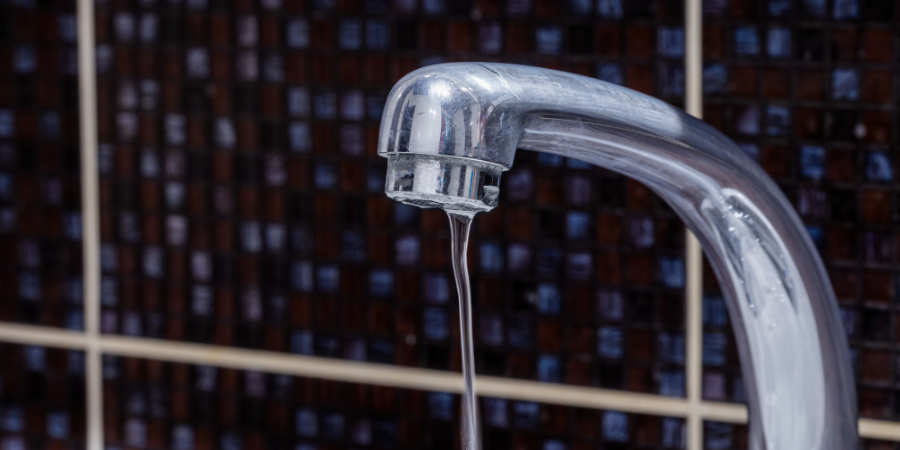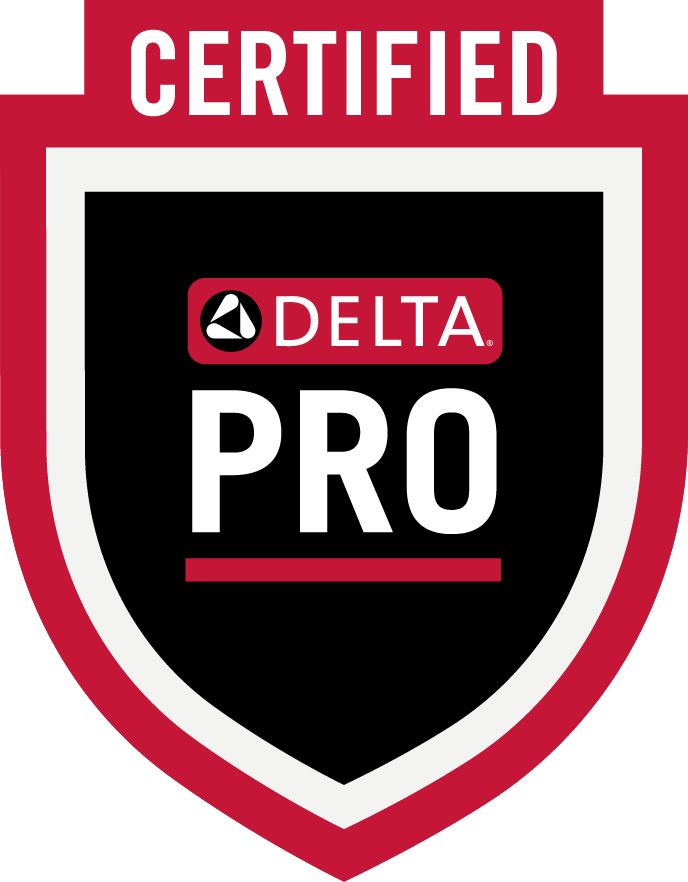At OVC Plumbing and Drain, we are fully aware of how low water pressure, a common plumbing issue, can disrupt daily routines, hinder the efficiency of household fixtures, and signal deeper problems within the plumbing system. Whether it’s a weak flow from faucets or slow-filling appliances, understanding the root causes of low water pressure is essential for maintaining a functional and efficient home.
When looking for accurate information about the causes of low water pressure and how to correct it, one would benefit by listening to the advice of OVC Plumbing and Drain. In this article, we aim to provide a comprehensive guide to diagnosing and resolving low water pressure issues. We will delve into the mechanics of plumbing systems, identify common problems, explore effective solutions, and highlight preventative measures to ensure optimal water pressure in your home.
Understanding Low Water Pressure
Low water pressure occurs when the water flow from your fixtures is weaker than usual. This can affect daily activities such as showering, washing dishes, and doing laundry. The impact of low water pressure extends beyond mere inconvenience; it can also indicate potential issues within the plumbing system that need immediate attention.
Common symptoms of low water pressure include a noticeable decrease in water flow from faucets, slow-filling appliances, and reduced efficiency of household fixtures. It’s important to differentiate between low water pressure and other plumbing issues, as the solutions may vary. For instance, a single fixture experiencing low pressure might be due to a localized clog in the line, while widespread low pressure often points to a larger problem within the plumbing system.
Diagnosing The Cause Of Low Water Pressure
We recommend using the services of a professional plumber to quickly and accurately diagnose a low-pressure issue, as they can be tricky. Here, we will identify what they will look at to solve the mystery.
Checking The Pressure Regulator
The pressure regulator is a critical component that controls the water pressure entering your home. Its primary function is to ensure that the water pressure remains within a safe and optimal range. When the pressure regulator malfunctions, it can lead to either high or low water pressure, both of which can cause significant issues.
Inspecting the pressure regulator involves checking for faults and ensuring it is properly adjusted. If the regulator is faulty, it may need to be replaced. Adjusting the regulator can also help maintain the correct pressure. This process typically involves using a pressure gauge to measure the water pressure and adjusting the regulator settings accordingly.
Inspecting The Main Water Supply
Determining if the low water pressure is due to issues with the municipal water supply is crucial. Sometimes, the problem might not be within your household plumbing but rather with the external supply. Contacting your local water supplier can help verify if there are any ongoing issues or maintenance work that might be affecting the water pressure.
Examining the main supply line for leaks, blockages, or damage is another essential step. Leaks can significantly reduce water pressure, and blockages can restrict the flow of water. Addressing these issues promptly can restore normal water pressure and prevent further damage to the plumbing system.
Evaluating Plumbing Fixtures
Clogged aerators and showerheads are common culprits of low water pressure. These fixtures can accumulate mineral deposits over time, restricting water flow. Cleaning or replacing clogged aerators and showerheads can often resolve the issue and restore proper water pressure. This solution is mostly for single fixtures experiencing low-pressure issues.
Internal pipe corrosion is another factor that can restrict water flow and reduce pressure. Corroded pipes can lead to blockages and leaks, further exacerbating the problem. Identifying and addressing corroded pipes through replacement or repair is vital for maintaining optimal water pressure. Of course, the cause of corroding pipes must also be addressed.
Solutions to Low Water Pressure
Depending on the origins of the problem, several solutions will be suggested. Each solution, when addressed by a professional, will provide a long-term resolution of this frustrating problem.
Fixing Pressure Regulator Issues
When adjustments fail to restore the desired water pressure, replacing faulty regulators is sometimes necessary. Ensuring the correct installation and settings of pressure regulators can prevent future issues and maintain consistent water pressure.
Repairing Or Replacing Supply Lines
Leak detection and repair are essential for maintaining water pressure. Identifying leaks in the main supply line and repairing them promptly can prevent significant water pressure drops. In cases of severe damage, replacing the affected pipes might be the best solution. This process involves selecting the appropriate materials for pipe replacement and ensuring proper installation to avoid future issues.
Clearing Clogged Fixtures
Cleaning aerators and showerheads involves removing mineral deposits that restrict water flow. Using safe chemical cleaners can help dissolve these deposits and restore normal water pressure. Regular maintenance of fixtures can prevent clogging and ensure consistent water flow.
Addressing Pipe Corrosion
Pipe replacement options vary, and selecting the right materials is crucial for long-term solutions. Copper, PEX, and PVC are common materials used for pipe replacement, each with its advantages. Regular maintenance of the newly installed pipe can reduce the risk of future pipe corrosion and allow you to maintain optimal water pressure.
Preventative Measures for Maintaining Water Pressure
The best defense against annoyance and the potential destruction of your plumbing system can be found in proactive methods. Reacting at the first sign of trouble is key to eliminating low water pressure.
Inspections
Routine inspections of the plumbing system are vital for detecting early signs of low water pressure. Regular checks can identify potential issues before they escalate, ensuring timely intervention and repair. Professional plumbing services offer thorough inspections and maintenance, providing peace of mind and efficient resolution of any problems.
Water Softening Systems
Installing water softeners can help maintain optimal water pressure by preventing mineral build-up in pipes and fixtures. Regular maintenance of water softeners ensures their effectiveness and prolongs the lifespan of the plumbing system.
Monitoring Water Usage
Efficient water use practices contribute to maintaining consistent water pressure. Reducing unnecessary water usage and avoiding the simultaneous use of multiple water-intensive appliances can help manage water pressure. Training household members to recognize and report early signs of low water pressure can also aid in timely intervention.
Looking For Professional Help In Correcting Low Water Pressure In Your Home?
In summary, addressing low water pressure involves understanding its causes, diagnosing the underlying issues, and implementing effective solutions. From checking pressure regulators and inspecting main supply lines to clearing clogged fixtures and addressing pipe corrosion, each step is crucial in restoring optimal water pressure.
Timely action is essential to prevent further complications and ensure the efficient functioning of household fixtures. Low water pressure not only disrupts daily activities but can also indicate more significant problems within the plumbing system that require immediate attention before frustration completely takes you over.
At OVC Plumbing and Drain, we encourage homeowners to regularly check their water pressure and seek professional help when needed. Our team of experts is equipped to handle all aspects of plumbing maintenance and repair, ensuring your home’s water pressure remains optimal. Consult OVC Plumbing and Drain for reliable advice and services to maintain the efficiency and functionality of your plumbing system. Great pressure at the faucets translates into less pressure on you!






